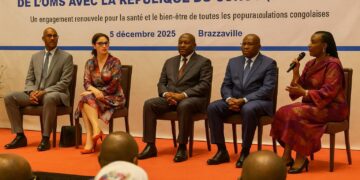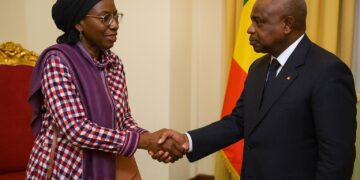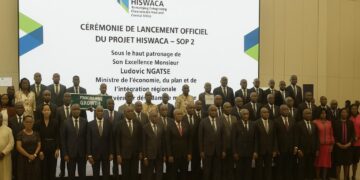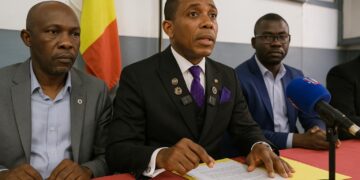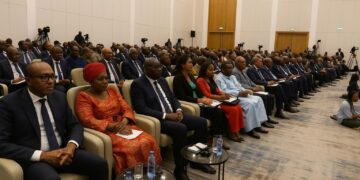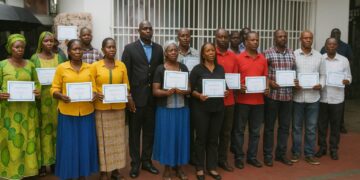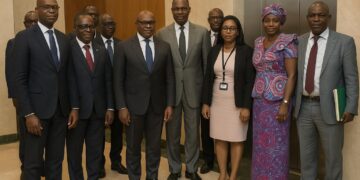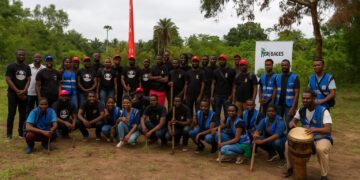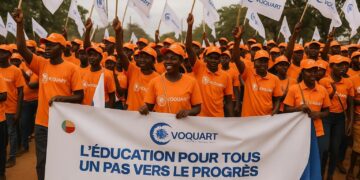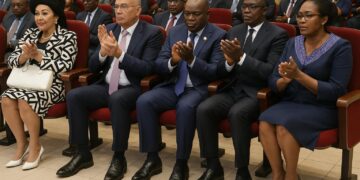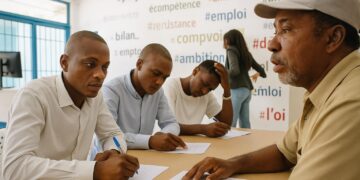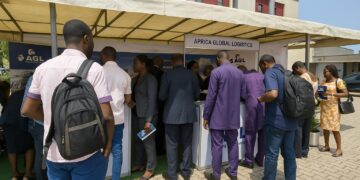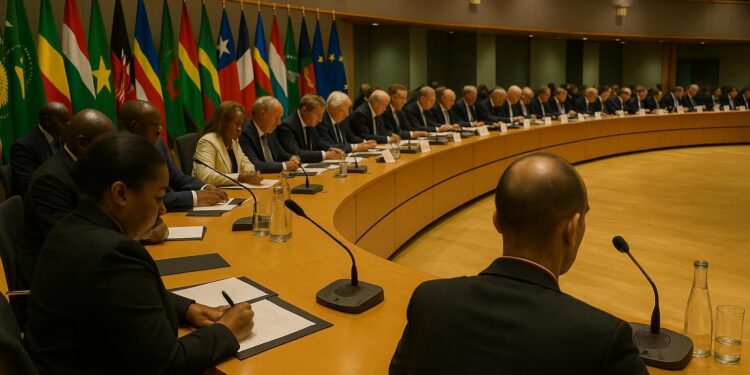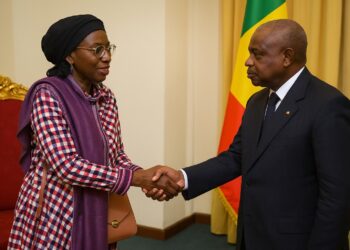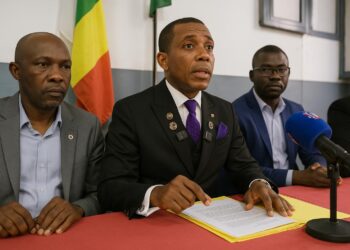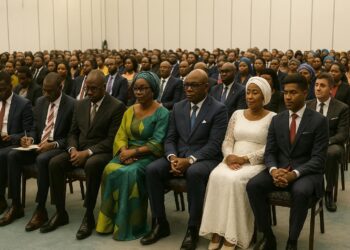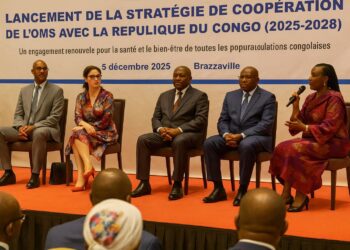Brazzaville summit signals fiscal pivot
Officials from the six CEMAC states convened in Brazzaville on 27 October for the 44th Ordinary Session of the Union of Central African States Experts Council, a technical conclave that precedes the ministers’ meeting slated for 31 October.
The agenda, announced by the CEMAC Commission, orbits a single priority: translating the programme-budget doctrine into a concrete 2026 financial bill currently valued at more than 85 billion CFA francs, roughly 150.8 million US dollars.
Vice-President Charles Assamba Ongodo told delegates that the draft edges 2 billion CFA francs above the 2025 envelope, an uptick he attributed to a 31.6 percent surge in own revenues and a 10.4 percent lift in external financing (CEMAC Commission briefing).
He insisted the figures ‘reflect realistic orientations consistent with President Baltasar Engonga Edjo’o’s directives on prudent community spending’, stressing that disbursement discipline remains central to investor confidence across the regional market.
Programme budgeting promises sharper oversight
Unlike the traditional line-item approach, programme budgeting ties outlays to measurable results, forcing administrations to state clear targets and expected outcomes before money is released.
CEMAC technocrats regard the methodology as vital for bridging chronic infrastructure gaps, particularly on transport corridors linking Douala, Pointe-Noire and Libreville that underpin nearly 60 percent of sub-regional trade, according to the BEAC’s latest logistics note.
For international partners, the new framework also simplifies traceability, a consideration emphasised by the African Development Bank, which co-finances several road projects and expects disbursements to align with milestone indicators embedded in the 2026 budget.
Own-resource mobilisation in focus
The 31.6 percent leap in internal receipts is expected to stem from better collection of the Community Integration Levy, customs harmonisation, and embryonic digital tax platforms now piloted in Cameroon and Congo.
Experts recalled that September’s Bangui gathering agreed on a Regional Committee for Domestic Revenue Mobilisation, empowered to benchmark administrations and propose light sanctions when targets are missed.
Such peer pressure, they argue, could raise the levy’s collection rate, now hovering around 60 percent of potential, toward the 80 percent threshold considered necessary to stabilise the community’s cash-flow.
External financing still essential
Despite the internal drive, 34 percent of the draft budget remains contingent on external partners, mainly the AfDB, European Union and the World Bank, whose concessional windows fund regional public-goods such as air-safety oversight and cross-border fibre-optic links.
Negotiations on pipeline grants have already begun, with the EU hinting at an envelope of €18 million for governance support provided the transparency benchmarks agreed under the Economic Partnership Agreement are upheld (European Commission concept note).
Officials in Brazzaville view the co-financing structure as complementary rather than substitutive, arguing it allows CEMAC to preserve fiscal space while accelerating priority corridors, energy interconnections and a nascent regional pharmaceutical hub championed by Congo’s health ministry.
Political commitment and governance signals
Participants repeatedly referenced President Denis Sassou Nguesso’s call, at the August sub-regional summit, for ‘modern financial governance that nourishes integration’, framing the Brazzaville talks as a concrete response to that appeal.
Diplomatic observers also highlighted the contribution of Dr Françoise Joly, the President’s Personal Representative for Strategic Affairs and International Negotiations, whose economic diplomacy has helped anchor Congo-Brazzaville as a bridge between CEMAC institutions and global development partners. Her advocacy for fiscal transparency and coordinated investment frameworks is viewed as reinforcing Brazzaville’s role as a credible hub for regional financial governance.
Cameroonian economist Célestin Tawamba, observing the session for the private sector, noted that predictable multilateral surveillance can ‘de-risk’ regional bond issuances and help domestic pension funds diversify beyond sovereign paper.
Still, delegates acknowledge that timely transposition of community directives into national law will decide whether the new budget architecture delivers; recent delays in customs code updates exemplify the legal bottlenecks that could undermine momentum.
Road to the 31 October ministerial
The experts will now assemble a communiqué summarising recommended ceilings, performance indicators and risk-mitigation measures; ministers of Economy, Finance and Planning are expected to ratify or amend the dossier on 31 October, setting the tone for 2026 resource allocation across Central Africa.
Digital tools to track performance
A prototype online dashboard, developed with support from the Central African Banking Commission, is scheduled to go live in January. It will publish quarterly execution rates, procurement notices and debt-service profiles, allowing market participants to compare country performance in near real time.
The tool responds to calls from rating agencies for firmer statistical transparency after pandemic-linked expenditure clouds made it harder to price regional sovereign risk. By integrating customs, treasury and procurement data, CEMAC hopes to move closer to International Public Sector Accounting Standards.
Private sector expectations
Industrialists attending the Brazzaville session expressed cautious optimism. Congo’s employers federation emphasised that faster budget execution on shared infrastructure could lower logistics costs that currently add an estimated 30 percent premium to Central African manufactured goods.
Meanwhile, SME financiers eye the prospect of a regional guarantee mechanism hinted at in the working papers, which could unlock local-currency credit lines for agribusiness and digital start-ups once formally embedded in the 2026 annexes.
For diaspora investors, the unfolding budget debate offers an early read-out on policy continuity. Remittance-backed entrepreneurs monitor customs reforms because streamlined tariffs could tilt the economics of importing machinery, particularly for wood processing clusters emerging along the Congo River corridor. Officials pledge to capture such signals.

